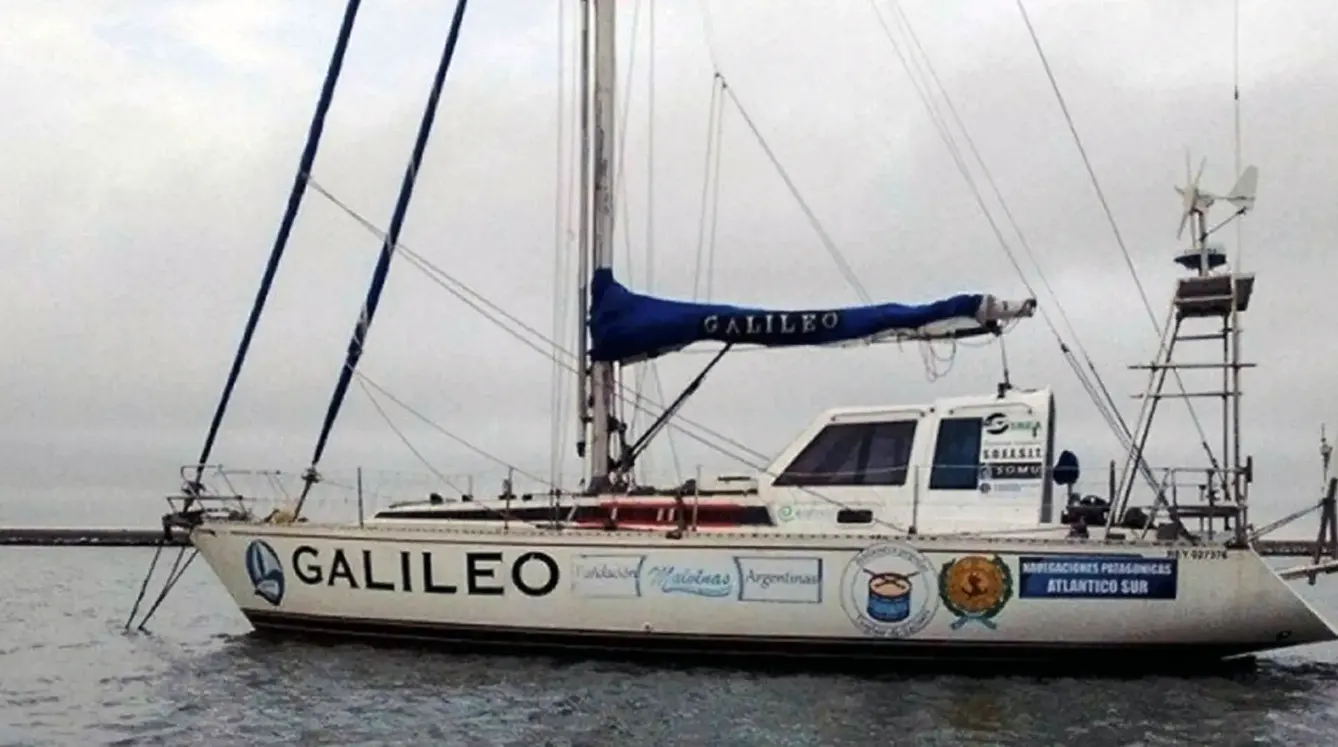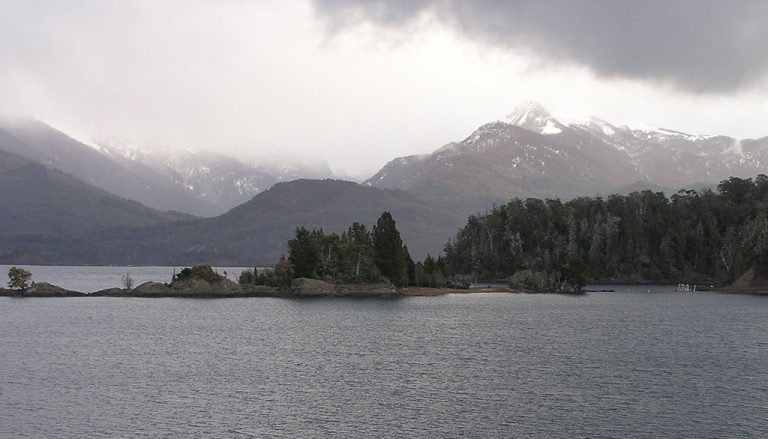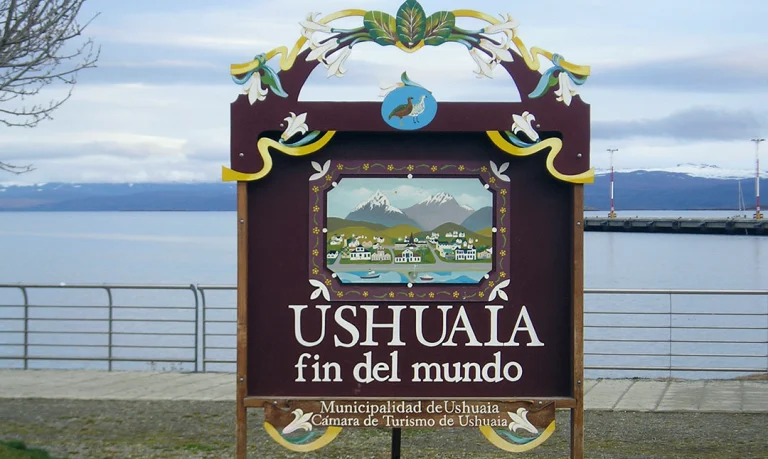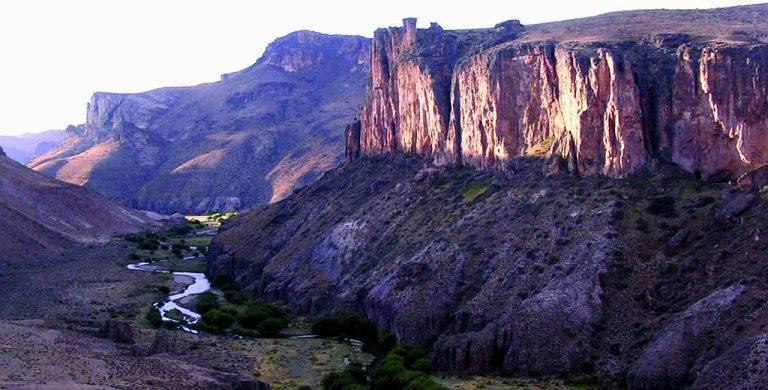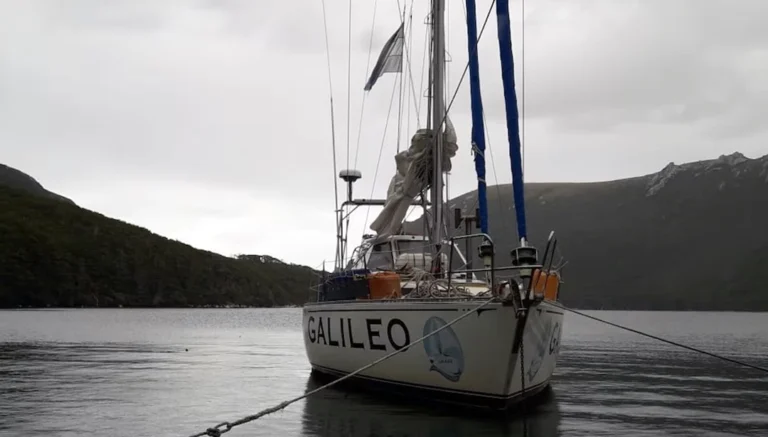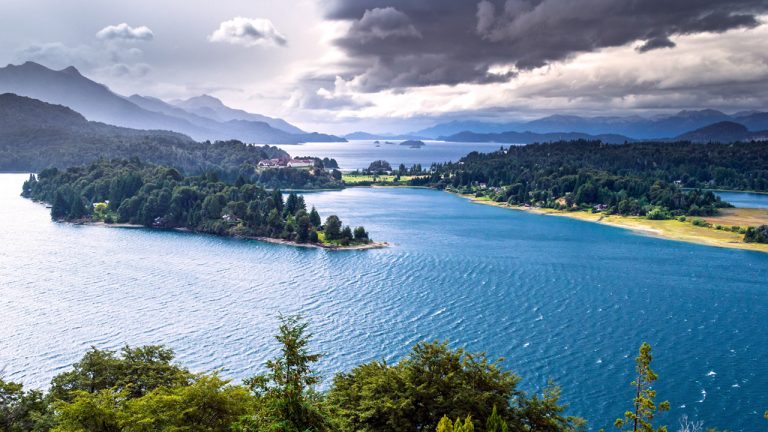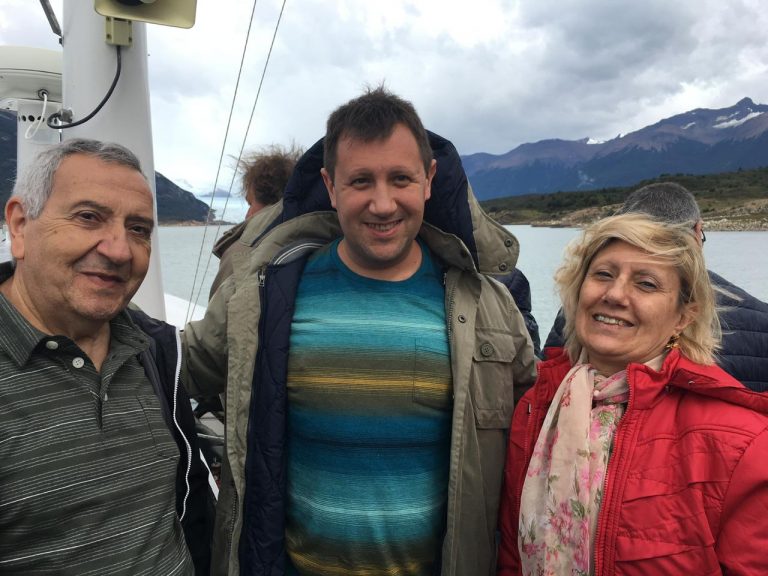Exclusive Interview with Commander Nilo Navas, conducted by Lic. Carlos Unterstein from Canal 68 TV specially for Patagonia+, where he shares very interesting details about the journey of the Sailboat Galileo in Patagonia and Argentine Antarctica.
From Canal 68 TV and Patagonia+, a portal dedicated to sharing expeditions and travels across Argentine Patagonia, we are directly connected to the city of Bahía Blanca in the south of the province of Buenos Aires with Commander Nilo Navas, a man who served in the Argentine Navy and has had significant coverage in local, regional, national, and even international media precisely for his expeditions in Argentine Patagonia and the South Atlantic aboard the glorious and great Sailboat Galileo.
– Commander Nilo Navas, thank you very much for granting this interview. How are you?
Good afternoon, Carlos. Thank you very much for this interview. Greetings to you and all your followers. I’m doing very well, thank you. Here we are, ready to answer your questions.
– You are a man who has had—and continues to have—significant recognition in Argentine Patagonia, precisely for your expeditions, the latest widely covered by various media outlets, including press, radio, and television, regarding the Antarctic expedition of the Galileo. But before diving into that topic, Commander Navas, what does “Argentine Patagonia” mean to you? What feelings come to mind?
Well, all the best memories and emotions come to mind. As seen in this report, I was part of the Argentine Navy. I’m a war veteran; I participated in the Malvinas War aboard the Cruiser General Belgrano. What I’m trying to do—and, thank God, we’re achieving it—is sailing across all of Patagonia. We’ve already traveled through it several times, again with our Galileo, among other things, retracing the final route of the Cruiser General Belgrano during the Marlvinas War. Let’s remember that the General Belgrano sailed along the entire Patagonian coast starting on April 16, 1982, guarding Argentine Patagonia from possible British landings. Then, around April 22, we conducted firing tests near Staten Island, and between April 24 and 26, after departing from Ushuaia, we positioned ourselves south of Cape Horn, waiting for the British fleet. This means we covered that entire area, including Cape Horn, aboard the Belgrano. When I acquired the sailboat Galileo, I began developing a project called “Patagonian Navigations in the South Atlantic.” Our boat has already sailed over 11,500 miles along our coasts, across our entire Patagonian shoreline, which, as you rightly mentioned, Carlos, includes our arrival at Argentine Antarctic bases the summer before last.
– The Galileo’s expeditions are not just naval or nautical journeys but also cultural ones. Every time you dock at different points—such as the Beagle Channel, the Lighthouse at the End of the World, or Argentine Antarctica (which we’ll discuss later)—you pay tribute. Additionally, the Galileo carries a library entirely dedicated to the Argentine Malvinas cause. Could you tell us, Commander, a bit about the cultural aspect, so to speak, of these expeditions in Patagonia?
First, I’d like to mention that all of this is framed within the Argentine Malvinas Foundation, of which I am the president. The boat is a training vessel, a 12-meter sailboat prepared to sail the world’s seas, and of course, it’s dedicated to the foundation. That said, it’s true that we always sail with the Argentine flag and the Malvinas flag at the top of the mast. During our first and second trips to Staten Island, we paid tribute at the Lighthouse at the End of the World by placing a commemorative plaque honoring the heroes of Malvinas.
The Lighthouse at the End of the World is very dear to my personal feelings because its light was the last light we saw on April 30, 1982, before setting course south of Espíritu de San Carlos aboard the General Belgrano. That’s why every Patagonian journey resonates deeply with me—emotionally, culturally, and historically. Onboard, we have between 5 and 6 crew members. Each person obviously has their own individual goals when embarking—some athletic, others recreational—but they all eventually align with the organizational objective, which is purely cultural and historical. On our second trip to the Lighthouse at the End of the World (we went for two consecutive years, actually three), we inaugurated a library at the San Juan de Salvamento Lighthouse, located 60 meters high after a one-kilometer walk through the peat. We named it the “Heroes of the Malvinas 1982” Library.

To give you some context, Staten Island is located opposite the Mitre Peninsula, separated by the Beagle Channel, and is exactly 1,800 kilometers south of Bahía Blanca—a very difficult journey and an extremely complex arrival at the lighthouse. This is the historic lighthouse made famous by Jules Verne’s novel, *The Lighthouse at the End of the World*. Later, we went to Puerto Cook (an old settlement on Staten Island), where Commander Luis Piedrabuena, a pioneer of southern sovereignty who did so much for our Patagonia, once lived. There, we also placed plaques honoring the San Juan Submarine, the Heroes of the Malvinas, and, of course, Commander Luis Piedrabuena. That happened during our second trip to Staten Island.
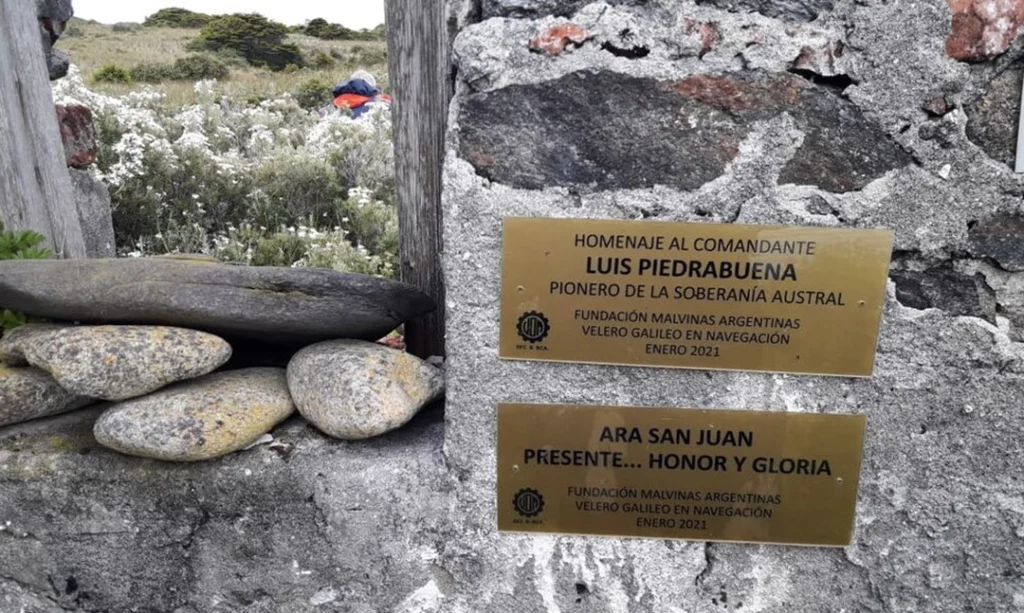
Something very important is that the Virgin of Malvinas, enshrined at the National Monument to the Fallen in Ushuaia, sails aboard the Galileo. The war veterans kindly allowed us to take the Virgin so we could make this journey. Carrying her over that long stretch of peat—a rather inhospitable terrain—we brought her in procession to the lighthouse, where we held an Antarctic Mass in direct communication with the Icebreaker Irízar, which was in Argentine Antarctica at Marambio Base. Navy Chaplain Pablo Caballero conducted the religious service.
On our third trip to Staten Island, we did something very symbolic. This past summer, we placed a cross in the southern part of the island, in Vancouver Bay, very close to Puerto Cook (about 700–800 meters apart). We reached Vancouver Bay and placed a cross on top of a hill, precisely oriented toward the southeast of Staten Island, connecting us to the Cruiser ARA General Belgrano. In short, all our journeys always carry historical significance—that’s why they’re cultural. We’ve also been to the site where the Cruiser General Belgrano sank, a very complicated area at a depth of 4,000 meters, where we laid floral wreaths and held other tributes to the fallen of the Belgrano. That covers everything related to the Beagle Channel, Staten Island, the Strait of Le Maire, and the Patagonian coasts. Later, of course, I’ll tell you about Antarctica.
– We obviously know about the impact of your expeditions in Patagonia and Antarctica. When you and the Galileo crew arrive on land, especially among the inhabitants of Argentine Patagonia, what kind of reception do you get? What do people say, and what messages do you exchange?
We’ve always had a spectacular reception. Generally, all Patagonians have supported us, and our trips always get significant media coverage. They welcome us with open arms, eager for the news and updates we share. They’re often surprised because the journey of the Sailboat Galileo in Patagonia, it is a small 12-meter plastic sailboat—many imagine it’s a much larger vessel. Yet, we dare to undertake these challenging journeys in our modest boat. They’re very interested in the Malvinas issue and sovereignty. Our boat always sails with the Malvinas flag at the top, and the reception is truly the best. We’re always covered by the media—radio, TV—and in Ushuaia, we’re practically locals.
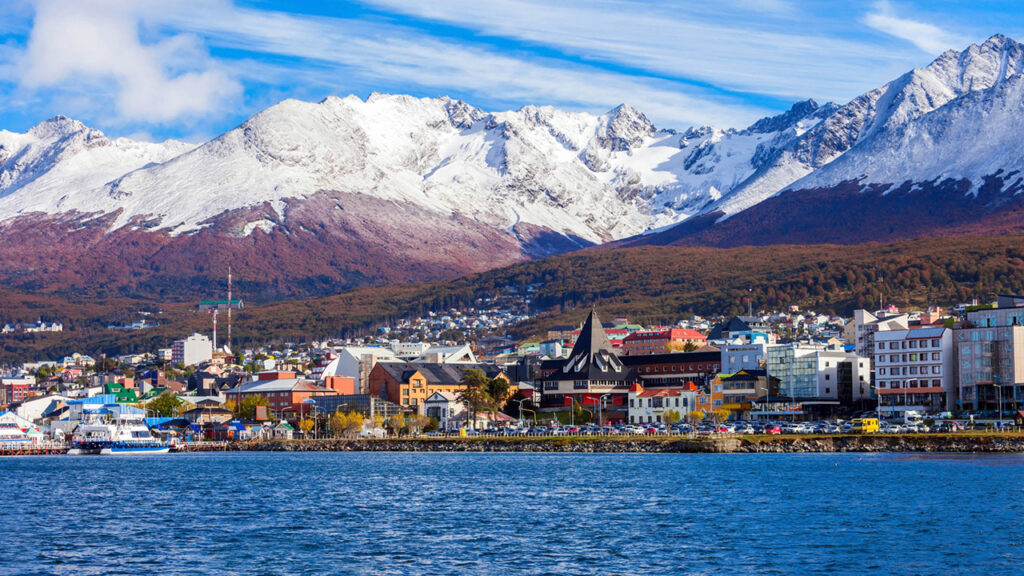
There’s a lot of national and international media buzz when we sail. Our journeys have even reached newspapers in London. We’ve learned that British media and Malvinas press take note of our voyages. Our boat is the only Argentine sailboat to have docked at every Argentine port across Patagonia, Antarctica, and the Malvinas. The British, who control the islands, also track our expeditions and have even contacted us on occasion.
– The journey of the Sailboat Galileo in Patagonia is truly spectacular. Let’s talk about the latest historic milestone, which had major coverage in national media of all formats and even internationally, as you mentioned moments ago. How did the idea of connecting Ushuaia with Argentine Antarctica come about? Between Ushuaia and Antarctica, it’s a very complicated route—about 1,000 kilometers, right?
Exactly. From Cape Horn to the South Shetland Islands, it’s 1,100 kilometers of very difficult sailing. [Editor’s note: The South Shetland Islands are an archipelago in the Antarctic Ocean, about 120 km from the Antarctic Peninsula, south of the Americas, between the Drake Passage to the north and the Bransfield Strait to the south.] I planned it for three years—meaning it wasn’t improvised—while also undertaking other Patagonian expeditions. But I always kept an eye on the necessary information for crossing the Drake passage.
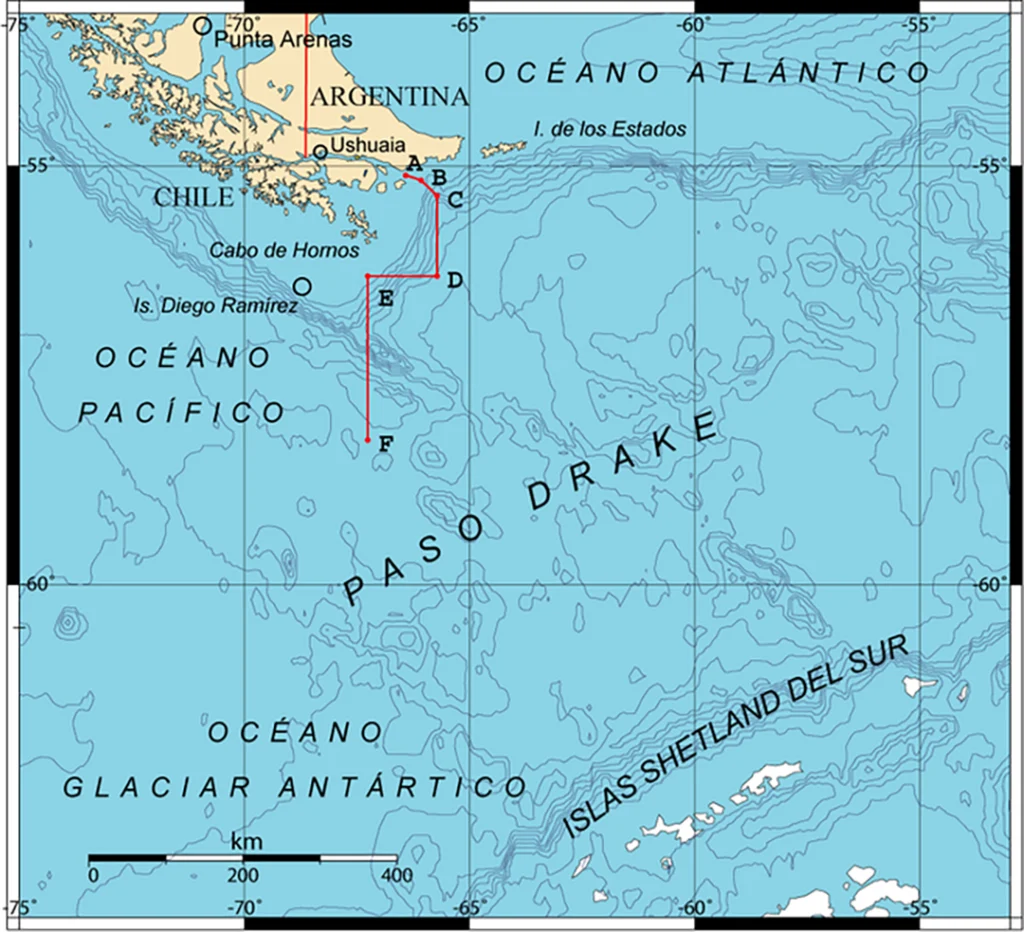
The year before the crossing, we checked weather and wind patterns weekly. On January 6, we began the crossing—this was in the summer of 2021—waiting for the right weather window. It’s 1,100 km to the South Shetlands. As Carlos said, the Drake is one of the most challenging passages in the world. Having sailed much of the world with the Argentine Navy, I’ve been through tough areas like the North Sea, Gibraltar, or the Bay of Biscay, but the Drake is something else. It’s extremely complex—1,100 km to the nearest coast, with nothing to port or starboard (just the Atlantic and Pacific Oceans), and depths of 4,000 meters below.
This means any storm there is absolutely relentless. We began the crossing with several challenges: first, it’s a plastic boat. Most vessels crossing to Antarctica with tourists are large steel sailboats (20–25 meters). Ours is 12 meters, made of plastic, and we crossed under sail. The challenge was sailing it. Most boats cross the Drake in two or three days as quickly as possible because weather forecasts are reliable only for that span. We chose to sail and took exactly five days because we were hit by a fierce storm near the end. We reached the South Shetlands, at Livingston Island, where an Argentine Air Force plane crashed in the 1970s, killing all crew. From there, we sailed through the “Sea of the Fleet” (named after the Navy’s historic training exercises) toward Deception Island, home to Argentina’s Deception Base and Spain’s Gabriel de Castilla Base.
– The Argentine base is semi-permanent, and at the time, no personnel were present. We disembarked on this volcanic island, where the water is warm—it’s literally a flooded volcanic crater. The Spanish team invited us over, and we shared tea with them—they were very kind. Excuse me, Carlos, did you have another question?

